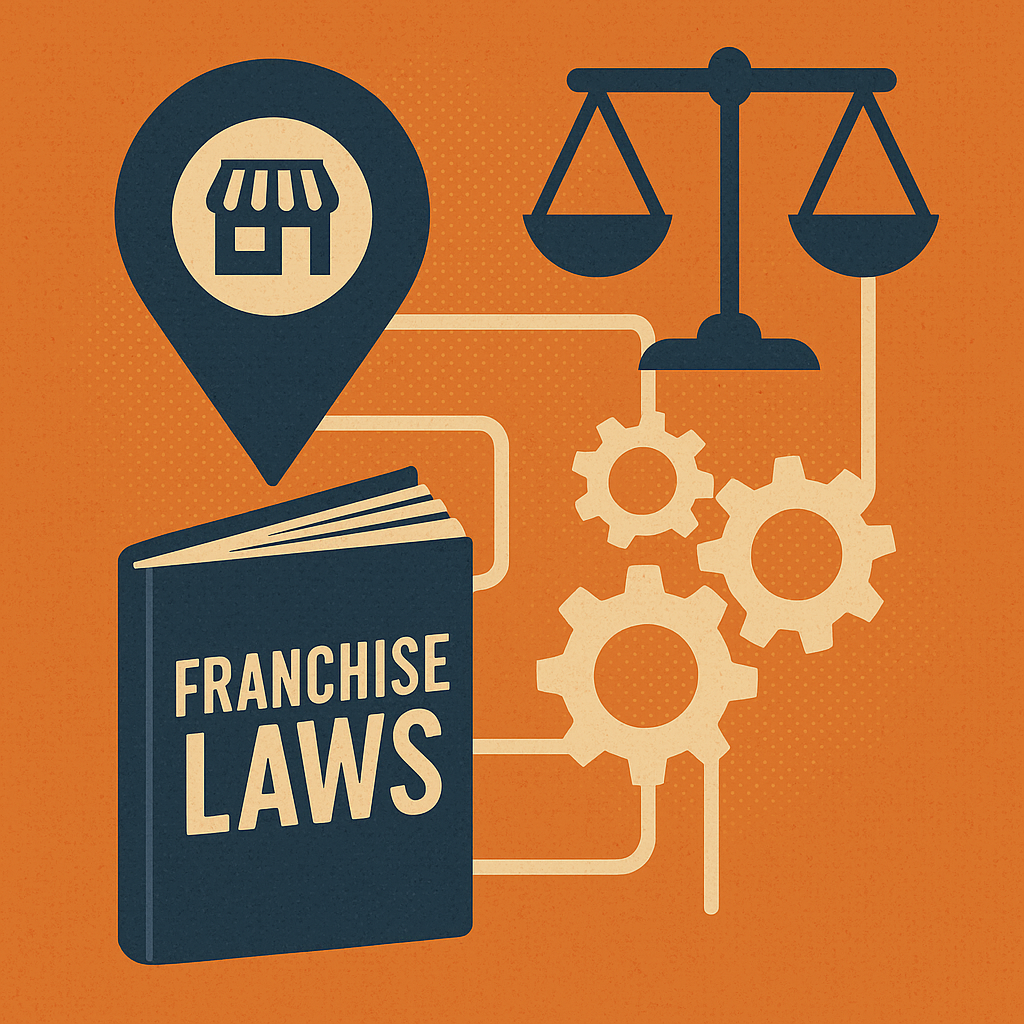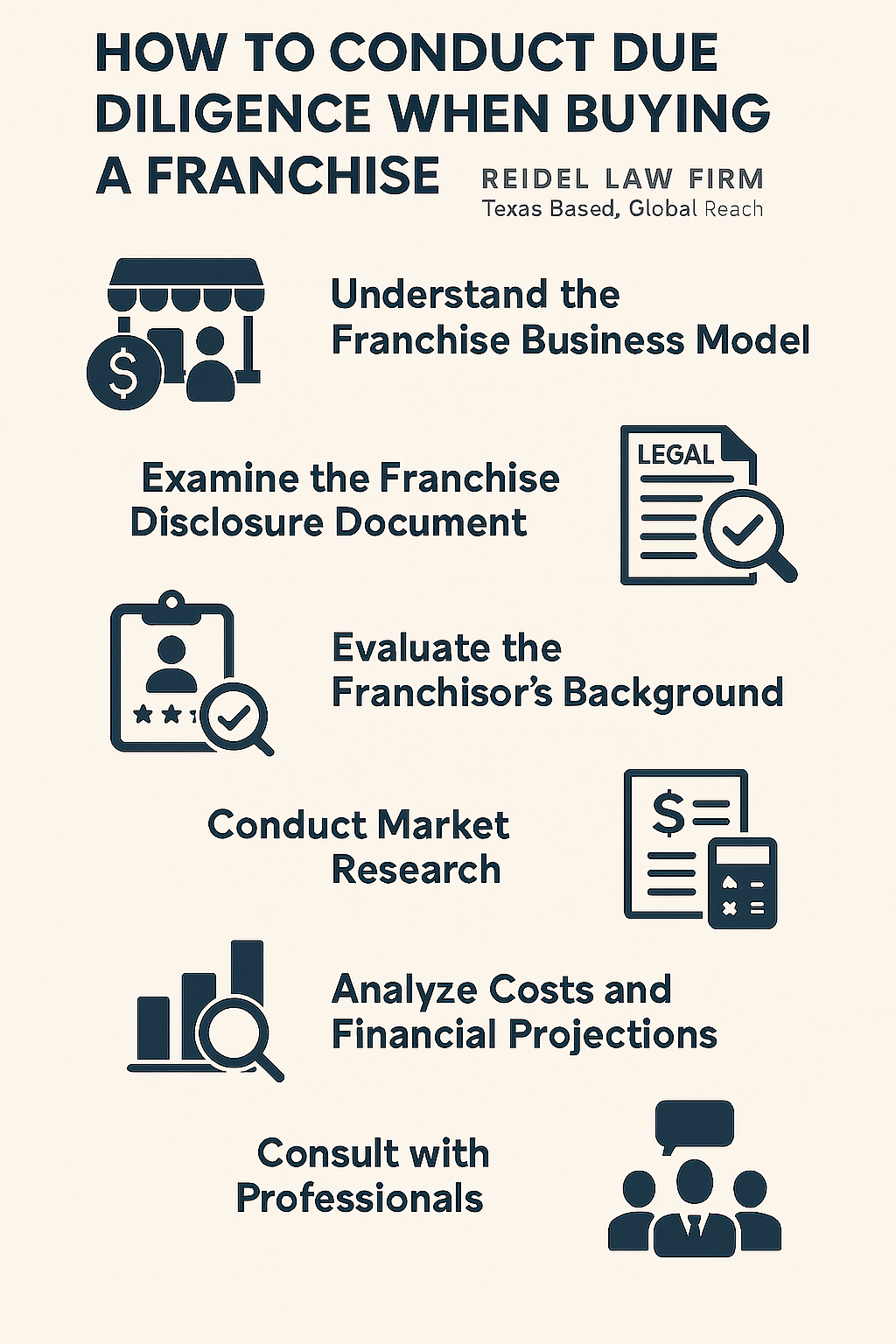Creating a franchise operation manual is a crucial step in establishing and running a successful franchise business. This comprehensive guide provides a clear roadmap for franchisees, outlining the essential policies, procedures, and standards that must be followed to maintain consistency and uphold the brand’s identity across multiple locations.
The Importance of a Franchise Operation Manual
An effective franchise operation manual serves as a critical resource for both franchisors and franchisees. It provides a standardized framework that ensures all stakeholders understand the expectations and guidelines for operating a franchise. By clearly documenting processes and procedures, the manual helps maintain consistency in the delivery of products or services, customer experience, and brand image.
Furthermore, the franchise operation manual safeguards the franchisor’s intellectual property and trade secrets by outlining proprietary techniques, recipes, or methodologies. It also serves as a training tool for new franchisees, enabling them to quickly onboard and understand the intricacies of running the business.
In addition to maintaining consistency and safeguarding intellectual property, a franchise operation manual also plays a crucial role in ensuring compliance with legal and regulatory requirements. By including information on local laws, health and safety regulations, and employment practices, the manual helps franchisees operate within the boundaries of the law and avoid potential legal issues.
Moreover, the franchise operation manual serves as a reference guide for troubleshooting and problem-solving. It provides franchisees with step-by-step instructions on how to handle common challenges and address customer complaints. This not only helps maintain customer satisfaction but also empowers franchisees to handle issues independently, reducing the need for constant intervention from the franchisor.
Key Components of a Franchise Operation Manual
A well-rounded franchise operation manual comprises several key components that are essential for the smooth functioning of the franchise system. These include:
1. Introduction and Background: This section provides an overview of the franchise concept, its history, and the values and principles that underpin the brand.
2. Franchise Agreement: It is crucial to include a copy or summary of the franchise agreement, outlining the rights and obligations of both the franchisor and franchisee.
3. Brand Identity and Standards: This section defines the brand’s visual identity, including logos, color schemes, and other design elements. It sets the standard for how the brand should be represented across all marketing materials and locations.
4. Policies and Procedures: This is one of the most important sections of the manual, which outlines the step-by-step processes for various aspects of running the franchise business. These can include operations, marketing, human resources, quality control, and customer service.
5. Training and Onboarding: A comprehensive training program plays a vital role in ensuring franchisees are equipped with the knowledge and skills required to successfully operate the business. This section details the training modules, timelines, and expectations for both initial training and ongoing support.
6. Communication and Reporting: Establishing effective communication channels between franchisors and franchisees is essential for maintaining a cohesive franchise system. This section should outline the preferred methods of communication, reporting requirements, and frequency of updates or meetings.
7. Review and Maintenance: Franchise businesses continuously evolve, and it is important to regularly review and update the operation manual to reflect any changes in processes, policies, or branding. This section should outline the process for reviewing and maintaining the manual.
8. Financial Management: Managing finances is a critical aspect of running a successful franchise. This section should provide guidelines on financial reporting, budgeting, cash flow management, and any specific financial requirements or benchmarks that franchisees need to meet.
Creating an Effective Franchise Operation Manual
Developing an effective franchise operation manual requires careful planning and attention to detail. Here are the key steps involved:
1. Identify the Target Audience: Before diving into the content creation process, it is important to identify the target audience for the manual. Consider the educational background, experience, and knowledge level of the franchisees, and tailor the content accordingly.
2. Conduct Research and Gather Information: Thoroughly research and gather all relevant information about the franchise business. This can include interviewing subject matter experts, collecting existing documentation, and analyzing best practices within the industry.
3. Organize and Structure the Manual: To ensure ease of use and navigation, create a logical structure for the manual. Divide it into chapters or sections based on the different functional areas of the business, such as operations, marketing, and training.
4. Develop Clear and Concise Policies and Procedures: Use clear and concise language to describe each policy and procedure. Include step-by-step instructions, checklists, and templates to assist franchisees in implementing and following the processes accurately.
5. Incorporate Brand Identity and Standards: Clearly define the brand’s visual identity, including logo usage, typography guidelines, and color palettes. Include examples and templates to ensure consistency in marketing materials and overall brand representation.
6. Utilize Visuals and Illustrations: Visual aids, such as diagrams, flowcharts, and illustrations can help simplify complex concepts and enhance understanding. Use visuals strategically throughout the manual to support the written instructions.
7. Review and Test the Manual: Before finalizing the manual, extensively review and test each section for accuracy, completeness, and clarity. Consider involving franchisees or other stakeholders in the review process to gain valuable feedback.
8. Design and Format the Manual: Pay attention to the design and formatting of the manual to enhance readability and aesthetics. Use headers, subheaders, bullet points, and numbered lists to break up the text and make it more visually appealing.
9. Provide Ongoing Updates and Revisions: A franchise operation manual should not be considered a static document. As the business evolves and new processes or best practices emerge, it is important to provide ongoing updates and revisions to keep the manual relevant and up to date. Establish a system for regularly reviewing and updating the manual to ensure franchisees have access to the most current information.
Ensuring Consistency Across Multiple Locations in Your Franchise Operation Manual
Consistency is key when it comes to operating multiple franchise locations. To ensure uniformity across all outlets, your franchise operation manual should:
1. Articulate Expectations: Clearly state the expectations for all franchisees regarding the brand’s standards, quality, and overall customer experience.
2. Provide Detailed Templates: Offer templates for key documents, such as marketing materials, employee handbooks, and operational checklists. Franchisees can then customize these templates to align with their specific location while maintaining consistent branding.
3. Offer Ongoing Support: Establish effective communication channels to provide ongoing support to franchisees. This can include regular newsletters, training sessions, webinars, and access to experienced support staff who can answer any questions or concerns.
4. Implement Quality Control Measures: Implement regular audits and inspections to ensure compliance with the established policies and procedures outlined in the operation manual. Use the results of these audits to continuously improve and refine the manual.
5. Foster Collaboration: Encourage franchisees to share best practices and success stories with each other. This can be done through regular franchisee meetings or online forums where they can exchange ideas and strategies for maintaining consistency across multiple locations.
6. Provide Continuous Training: Offer ongoing training programs to ensure that all franchisees and their staff are up-to-date with the latest industry trends, technologies, and best practices. This will help maintain consistency in operations and ensure that all locations are delivering a high-quality customer experience.
Reviewing, Updating, and Maintaining Your Franchise Operation Manual
Maintaining an up-to-date franchise operation manual is essential to keep up with industry changes and evolving best practices. Here are some best practices for reviewing, updating, and maintaining your manual:
1. Schedule Regular Reviews: Set a schedule for reviewing the operation manual, and assign the responsibility to a specific team or individual. Aim to review the manual at least once a year, but also conduct reviews whenever significant changes occur within the business or industry.
2. Seek Input from Franchisees: Encourage franchisees to provide feedback on the existing content and suggest improvements or additions. This collaborative approach strengthens the franchise relationship and ensures that the manual caters to the specific needs of all stakeholders.
3. Stay Updated with Legal and Regulatory Requirements: Regularly review and update the manual to ensure compliance with any relevant legal or regulatory changes that may affect the franchise business.
4. Streamline the Updating Process: Use a version control system or cloud-based platform to manage updates effectively. This ensures that all franchisees have access to the latest version of the manual and can easily navigate through any revisions or additions.
5. Provide Clear Instructions and Examples: When updating the franchise operation manual, make sure to provide clear instructions and examples to help franchisees understand and implement the procedures outlined in the manual. This can include step-by-step guides, visual aids, and real-life scenarios to illustrate best practices and ensure consistency across all franchise locations.
Empowering Your Franchisees through the Operations Manual
The franchise operation manual serves as a powerful tool for empowering franchisees by providing them with the knowledge and resources necessary to run the business successfully. By using the manual as a comprehensive guide, franchisees can make informed decisions, effectively train their staff, and consistently deliver on the brand’s promise.
Furthermore, a well-developed operation manual fosters a sense of ownership and pride amongst franchisees, as it serves as a reference and reminder of their alignment with the brand’s values and standards. This alignment ultimately contributes to the success and growth of the entire franchise system.
In conclusion, developing a franchise operation manual is an essential aspect of establishing and maintaining a successful franchise business. By following a structured approach and encompassing all the key components and best practices discussed in this article, franchisors can provide franchisees with the tools and knowledge necessary to operate their businesses effectively while maintaining brand consistency.
Moreover, the operations manual also plays a crucial role in ensuring consistency and standardization across all franchise locations. It provides clear guidelines and procedures for various aspects of the business, such as customer service, product quality, and operational processes. This consistency not only enhances the overall customer experience but also strengthens the brand’s reputation and credibility in the market.






